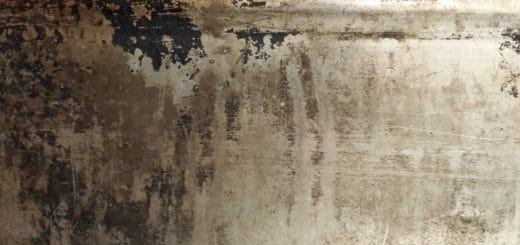Porcelain Tile Flooring: Overview, Selection Guide, Installation and Maintenance Tips
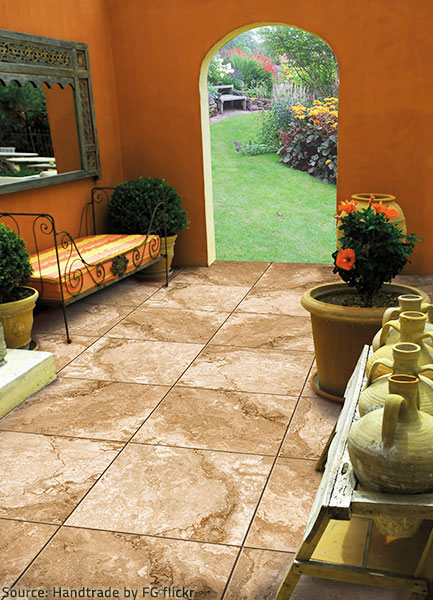
Porcelain tile flooring enhances the architectural design of a building and adds to its comfort and value.
If you are reviewing different flooring options for your new home or for an upcoming renovation project, you may want to give porcelain tiles a serious consideration – especially when it comes to high-traffic or wet areas, such as hallways, kitchens, bathrooms, etc. The inherent elegance and simplicity of the porcelain tiles, combined with incredible durability and versatility, have already drawn the attention of many contemporary interior designers and homeowners all over the world.
Created from fine porcelain clay and fired at a very high temperature, porcelain tiles have an impressive finish quality and great strength and durability. Available in glazed and unglazed variants, as well as in a wide range of shades and styles, these tough and highly versatile tiles can be used in a variety of indoor and outdoor applications to enhance the architectural design of a building and add to its value. Porcelain tile floors, in particular, have become a prominent feature in modern homes around the globe.
Before you decide on a porcelain tile floor for your home, however, you need to become aware of all its specifics, advantages, and drawbacks.
Pros and Cons of Porcelain Tile Flooring
Porcelain tiles are often referred to as the more contemporary variety of ceramic tiles. Both types of tiles are indeed very similar, but unlike ceramic, porcelain is made from a more refined clay mixture and is fired at higher temperatures. This results in a harder, more scratch- and stain-resistant finish and a tougher, denser material with a water absorptionAbsorption is the process by which a material takes in or so... More rate of less than 0.5%. The density and composition of the porcelain tiles allow them to stand up to traffic and wear without any damage to their appearance and functionality.
Benefits of Porcelain Tile Flooring
- Great durability – Due to its unique composition and the specifics of the manufacturing process, porcelain is stronger and denser than most other household materials (even harder than granite). Therefore, porcelain tiles are highly resistant to heavy impact stresses and unlikely to scratch or break under pressure. Besides, they do not crack due to the cold and their finish can easily last a lifetime even in severe weather conditions and high-traffic areas;
- Water-resistance – Porcelain is less likely to absorb moisture than other flooring materials – its great density makes it highly resistant to liquid penetration, especially when glazed. Therefore, porcelain tile flooring can last for decades, even in humid environments (such as the bathroom);
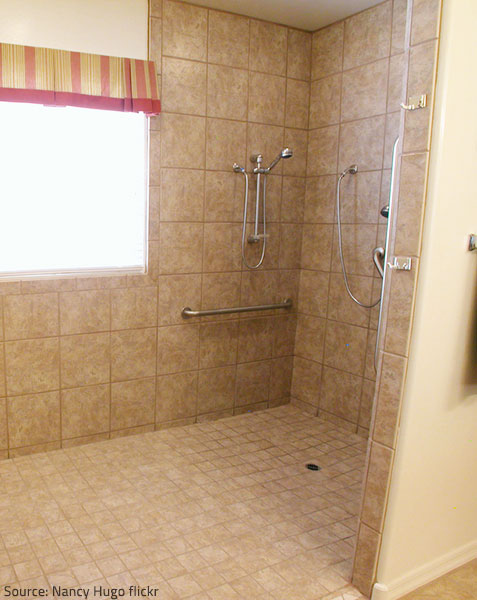
Porcelain has a water absorptionAbsorption is the process by which a material takes in or so... More rate of less than 0.5% which makes it very suitable for use in wet areas of the home.
- Stain-resistance and excellent hygiene – Spills cannot penetrate the dense, non-porous tile material, so porcelain flooring is naturally stain-resistant. When glazed, the tiles become virtually impossible to stain. What’s more, the non-porous porcelain surface does not harbor bacteria and moldMold is a type of fungus that grows in damp or humid conditi... More growth, which makes it very hygienic and suitable for use in kitchens and bathrooms (for countertops, wall coverings, and flooring alike);
- Low maintenanceMaintenance is the routine care, inspection, and repair of a... More – The natural stain and water resistance of porcelain make it very easy to clean and maintain. Spills that might seep into more porousPorous describes a material that contains small openings or ... More materials and cause persistent stains remain on the surface of the porcelain tiles and can be easily cleaned with nothing more than a damp cloth. Mopping your porcelain tile floors with a solutionA solution is a homogeneous mixture of two or more substance... More of pH balanced mild detergent and water once in a while is all that it takes to disinfect the area and keep it in excellent condition;
- Easy repairRepair is the act of fixing or restoring damaged property, m... More – Not only does porcelain flooring have an incredibly long lifespan, but it is also very easy to repairRepair is the act of fixing or restoring damaged property, m... More in the unlikely event of damage. If a tile cracks, it can be simply removed and replaced (it’s advisable to save an extra box of tiles when installing a new porcelain floor in order to make color matching easier if you need to replace an individual tile later on);
- Consistent color and design – The color and design of a porcelain tile run through the whole tile, so it will retain its look as it wears down. Besides, if a tile chips (which is highly improbable), the damage will remain unnoticeable;
- Increased value of the home – Porcelain is renowned as a quality building material, so including it in your home will greatly increase the value of the property.
Disadvantages of Porcelain Tile Flooring
- Weight – The high density of porcelain tiles makes them very heavy. This results in a difficult installation process and restricts the use of porcelain flooring on upper levels of a building, unless it is strong enough to support the extra weight;
- Difficult installation – Porcelain is not only heavy, but also very hard and extremely difficult to cut which makes the installation process quite laborious and time-consuming. Therefore, attempting a DIY installation may easily result in expensive material waste and severe headaches. Hiring professionals, on the other hand, will increase the overall cost of the project (the installation expenses can add about 25% – 50% to the total cost depending on the location and specifics of the project);
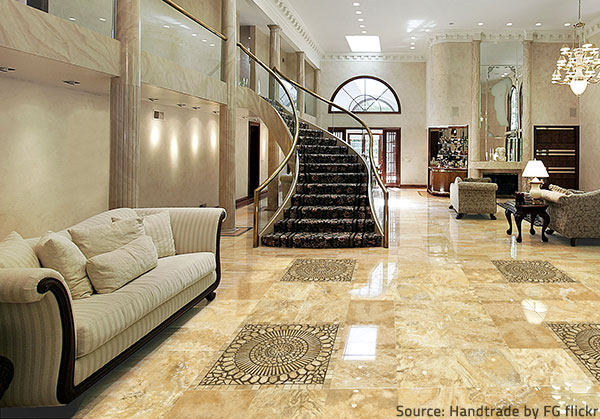
Porcelain tile flooring is not only difficult to install, but also quite expensive.
- High price – Porcelain is quite expensive, so opting for porcelain tile flooring will cost you more than other standard flooring options (such as ceramic tiles, for example). However, this type of floor can last for decades, so it is worth the investment;
- Vulnerable grouts – Porcelain tiles are very easy to care for, but the lines between the tiles (the grouts) are extremely difficult to keep fresh and clean. Grout is a porousPorous describes a material that contains small openings or ... More material, so it can be easily corrupted by humidityHumidity is the amount of moisture or water vapor present in... More and insidious moisture. This may quickly result in moldMold is a type of fungus that grows in damp or humid conditi... More and mildewMildew is a type of fungus that grows on damp surfaces, typi... More, unless the grout is properly sealed and well cared for.
Now that you’re aware of the basic advantages and disadvantages of porcelain, you need to know what exactly to look for when choosing porcelain tiles for your home.
Porcelain Tile Selection Guide
The first step in selecting the best porcelain tiles for your particular needs is to match the tile to its intended use. Then, you can turn your attention to the aesthetic aspect of your project.
- Find the class of porcelain tiles you need. Porcelain is rated in five different classes to help classify its durability and functionality. Class 1 is the weakest type of porcelain that is only suitable for wall tiles. Classes 2 and 3 are appropriate for light traffic areas, such as residential floors with little or no exposure to scratching dirt (such as bathrooms). Class 4 is a great material for medium to high traffic areas, such as entryways, halls, and kitchens. Class 5 is for heavy traffic and commercial use;
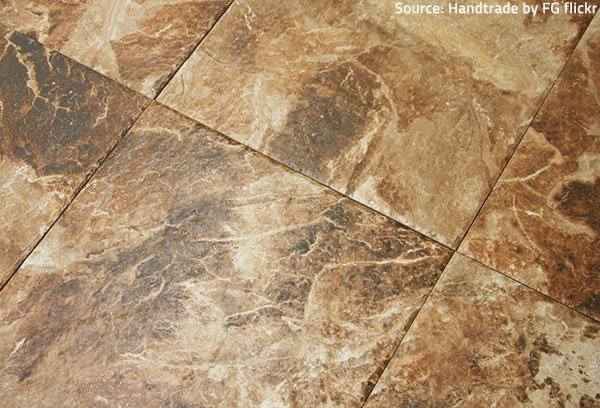
Make sure you choose the type of porcelain tiles that best suits your needs and aesthetic preferences.
- Check the coefficient of friction and the absorptionAbsorption is the process by which a material takes in or so... More rate of the tiles. Floor tiles should be nonslip and highly resistant to spills and stains. Therefore, you need porcelain tiles with a coefficient of friction (a measurement of the effort required to move an object across a tile) of 0.06 or higher for the floors in your home in order to ensure yours and your family’s safety. Also, have in mind that tiles for bathroom floors and other floors subject to moisture, as well as tiles used in and around swimming pools, must be impervious to liquid penetration, so that water and other fluids do not penetrate and stain them;
- Choose between glazed and unglazed porcelain tiles.Unglazed tiles have a consistent color throughout the entire tile, so they will look the same as the surface wears over the years. They come in a variety of finishes, from rough to polished;
Glazed porcelain tiles have a protective coating (made from melted glass glaze that is applied through heat to the surface of the tiles) that creates a waterproof barrier over them. That layer is nonabsorbent and highly resistant to stains. Glazed porcelain tiles are manufactured in an array of vivid colors and decorative patterns and can have a shiny or matte finish; - Choose the color and texture that will work for you. It is the color and texture of the porcelain tile flooring that defines the overall atmosphere in the room. You can easily find the kind of tiles that will create the impression you’re looking for – both glazed and unglazed porcelain tiles are available in a variety of colors and come with beautiful decorative ornamentation. You can choose from a uniform appearance, slight variation of color and tone (distinguishable texture or patterns within similar hues), or random color differences from tile to tile that create a unique, artistic installation. Besides, porcelain tiles are often made to emulate the look of natural stones, wood, metal, concrete, terracotta, and even fabric, so your imagination is your only limit when it comes to creating the type of porcelain tile flooring that will best reflect your personality and match the rest of your home décor;

You need your new porcelain tile floor to be a perfect match for the rest of your home decor.
- Decide on the shape and size of porcelain tiles you want to use for your floor. Have in mind that rectangular tiles are easier to install than irregularly shaped ones, while more unusual shapes allow for more interesting, exquisite patterns. Also, don’t forget that it’s much easier and faster to lay several larger tiles instead of dozens of small tiles (installing smaller tiles requires plenty of time and great accuracy with placement and grout joints).
How to Install Porcelain Tile Flooring
As already mentioned above, it is highly recommendable to have your porcelain tile flooring professionally installed in order to reduce the risk of damage to the expensive material and to save yourself the time, effort, and hassle involved in the installation process. However, if you’re up to the challenge, you can save some money and enjoy a rewarding, artful experience by installing your porcelain tile floor by yourself. Just make sure you prepare well.
So, how to lay porcelain tile?
- Make sure the surface where you intend to install porcelain tiles is solid, level, and smooth (you may have to remove the original flooring material and/or use floor leveling compound, such as a cement board, to float out any divots, holes, or uneven areas in the subflooring – otherwise, the porcelain tiles may crack);
- Find the center point of the room – measure the walls, mark the points that indicate half their lengths, and draw straight lines that connect the “middle marks” of every two opposite walls across the room. The place where the two perpendicular lines cross is the center point of the room;
- Start at the center (place the first tile at the corner nearest the center point) and try out the tile pattern you have decided on by arranging the tiles on the floor (do not use any adhesive yet);
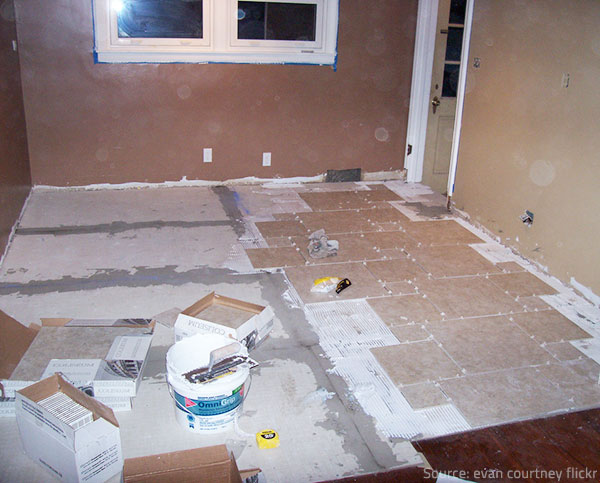
Laying porcelain tiles can be quite a challenge.
- Begin placing tiles in straight lines towards the walls, leaving a small space for grout joints in between the tiles;
- When all tiles are laid and cut as necessary, and the pattern appears to your liking, you can finally start laying the adhesive;
- Pick up a tile and set it aside. Spread the adhesive evenly on the ground with a notched trowel and set the tile in place (consider using plastic spacers when laying the tiles to ensure straight grout lines). Immediately clean up any excessive adhesive and make sure you remove the spacers before the binding material dries;
- After laying a few rows of tiles, set them with a tile level and a mallet;
- Complete the installation and wait for about 24 hours to allow the adhesive to dry fully;
- Apply grout to the spaces between the tiles and press it into the joints to an even level with the tiles. Skim the excess grout with a rubber float;
- Wait for the grout to stiffen up in the joints and clean the surface with a damp spongeA sponge is a porous material used to absorb liquids or clea... More.
Your porcelain tile floor will be all ready and looking great. All you will have to do from then on is to keep it in excellent condition.
Porcelain Floor Tile Care and MaintenanceMaintenance is the routine care, inspection, and repair of a... More
The very nature of porcelain tiles makes them extremely easy to clean and maintain – warm water and a soft spongeA sponge is a porous material used to absorb liquids or clea... More will usually be enough to keep your porcelain tile floor looking neat at all times. Just make sure you sweep or vacuum any dirt and debris from the floor before mopping it. When you decide on a more thorough cleaning, make sure you use a neutral pH cleaner that will not affect the finish and don’t forget to rinse the surface with clear water.
To protect your porcelain tile flooring and preserve it in top-notch shape for many years, be careful NOT to:
- Clean porcelain tiles with ammonia or other cleaners that contain bleach and/or acid (acid and ammonia based cleaners may alter grout color and affect the finish of the tiles);
- Use any oil-based detergents, wax cleaners, or sealants to avoid the formation of greasy layers on the surface;
- Use cleaning agents that contain any kind of dyes on unglazed porcelain tiles as they may assume the color of the cleaning solutionA solution is a homogeneous mixture of two or more substance... More;
- Use steel wool pads for scrubbing the floor, because the loose steel particles may result in rustRust is a reddish-brown oxide that forms on iron or steel du... More stains in the grout.
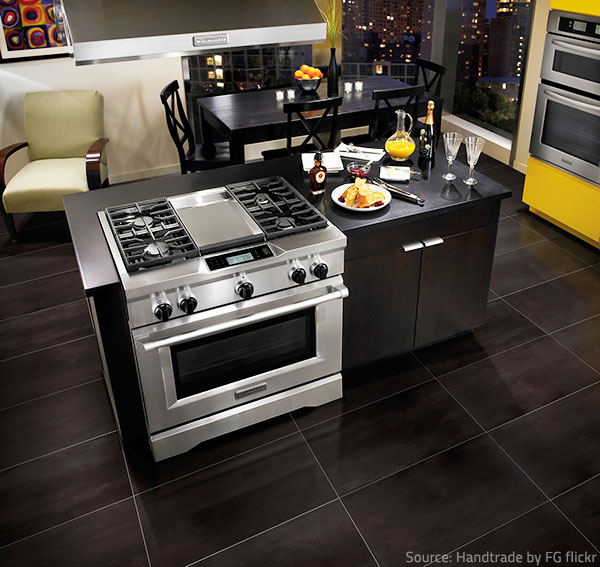
Keeping the porcelain tile floors in your home neat and spotless requires very little effort on your part.
Needless to say, it is advisable to use door mats and rugs at the entrances to your home in order to prevent dirt and grit from being tracked onto the tile flooring in the first place.
Porcelain tile flooring will look great for a long time with very little maintenanceMaintenance is the routine care, inspection, and repair of a... More. It is an excellent choice for your interior décor that will outperform most other flooring options in both long-term appearance and durability and will add to the value and comfort of your home.











